I recently spent a few weeks on a Retail Study Tour in the UK and Central Europe. Here are the top trends I spotted.
1. Tech adoption driving seamless Bricks & Clicks experiences
As consumers settle back into omnichannel shopping behaviours post-pandemic, I saw plenty of examples of retailers striving to merge physical retail experiences with digital convenience into one seamless experience.
Amazon Fresh Just Walk Out. A combination of AI, cameras and sensors allows you to pick what you need off the shelf and with a tap of your Amazon app at the exit, you “just walk out”. There is no need to scan your items. Amazon knows exactly what you have in your “basket”. Just like online!
Zara has levelled up their stores with key digital innovations to make the in-store experience more convenient and integrate online benefits. Features include self-checkout, where you simply place everything in a bin, and it completes the transaction for you; ‘Pay & Go’ services, where you can purchase garments using your phones; automated click & collect and return kiosks, and digital fitting room item scan and allocation.
Levi’s stores have segmented and signposted their stores to replicate online shopping filters and sorts. If you want skinny jeans or wide-leg jeans, you know where to find them. Suppose you want a high waist or low, easily found.
Many retailers are removing online shopping pain points within their stores, such as on-the-spot alterations in Levi's or sport bra fittings in Adidas. Alternatively, they recognise that consumers will still want to buy online even when they are in the store, so they are providing kiosks. Try it on, then order it online to have it delivered if the right colour isn’t in stock or instead of carrying it around.
Knowing we all love to leave a review online to share our retail experiences and the value retailers get from said reviews, many retailers now have a digital portal at the physical checkout or store exit for consumers to leave a review about their in-store shopping experience.
However, while retailers are adopting this technology and integrating online benefits in-store to create a more seamless experience, I saw many consumers struggling to use and accept the tech. However, just like self-checkouts in Supermarkets, I am sure the behaviour will embed itself in time.
2. Customisation & personalisation
Major brands in every market I visited now offer the ability to customise and personalise your in-store purchases. Like Levi’s example below, brands such as Gap, Nike and Samsonite provide an option to add additional design elements, decals, embroidery or embossing to reflect your individual style and personality.
Brands are also striving to create a sense of community and belonging. This may be through personalising the team who work in the store, celebrating customer’s achievements (Adidas) or localising stores to their local community (Levi's London Village)
3. Sustainability and Social Impact
Recycling and repair points had a strong presence in lead retailers across the region, supporting customers' desire to reduce waste and landfill. On Running, The North Face, Nike and Levi's were prime examples.
I am linking these observations to a session on brand sustainability I attended at London’s Festival of Marketing, where brands like Primark and Here We Flo discussed their sustainability efforts. Both brands agreed that keeping the sustainability messages simple and digestible is essential. The Founder of Here We Flo, Tara Chandra, captured it perfectly. Companies should be dark green on the inside but light green on the outside. Customers get fatigued and confused if we over-message about sustainability practices. We need to give them enough to make them feel like they have made a good choice and then have the next level of information and receipts ready if people want it.
Side note: How these trends have revitalised a heritage brand for a new generation
I was shocked when my 16-year-old daughter came home with a pair of 501s! We’d long mocked my husband for wearing his 1990s jeans in the 2000s. But Levi’s has resurrected itself for a younger generation, which I saw in action in flagship London and European stores.
They have leveraged elements of their heritage to build relevance with the younger generation.
We’ve long been told by Levi’s not to wash our jeans regularly to help them last longer. And we know the younger generation cares deeply about sustainability, reducing waste and supporting the circular economy. So, the longevity of Levi’s has become a core pillar of the brand’s renaissance. Flagship stores proudly display how aged denim looks better and offer repairs to existing jeans to help the younger generation play their part in reducing waste.
The brand also taps into this generation’s desire for personalisation with the ability to customise your Levi’s instore to reflect your individuality
Finally, the brand has tapped into the influencer and collaboration space to help them revive their brand, helping build brand relevance with the younger generation.
4. Immersive retail experiences
I saw some exceptional immersive retail experiences during the study tour. The highlight was at Battersea Power Station, which has proudly incorporated its history and architecture into a modern, premium shopping experience. The wayfinding and pop-up stores reflect the site’s heritage and help build a unique shopping experience.
Of note is the Lift 109 experience, which draws traffic as an attraction and increases dwell time. The experience involves an interactive display capturing the power station’s history in London, and a glass elevator rides up one of the smokestacks to an incredible view of the London Cityscape.
And Ping Pong in your Entertainment Precincts. It’s a thing, and you saw it here first!
The On Running flagship store in London is another excellent example of an Immersive Retail experience. The ground floor heroes the brand’s product technology, showing the materials and science behind the brand. You had to pass this experience to get to the upper retail floor, enabling the brand to demonstrate its superior tech and proof points before you try on the wondrously comfortable shoes. This experience helps On Running educate its consumers as they might learn via an online search. The lower ground floor forms a place for the community to gather and participate in brand experiences (unfortunately, this was closed when I was there)
Other sports brands, such as Adidas, have also increased their in-store presence of education-based point-of-sale materials to reflect the online research consumers may do about product technology and features before they buy.
The legendary Retail Experience brands M&Ms and Lego have stepped up their physical brand experiences, leveraging personalisation technology. The ability to print your own face onto M&M’s or create and personalise your own Lego Minifigure in-store was very popular with customers of all ages.
5. Inclusivity and Social Impact
I saw several examples of the continued evolution of store mannequins beyond real life and plus-size into embracing disabilities.
Social impact is also an emerging trend in European retail. The Impact Shop in Hungary is an example of an emerging retailer with brands that support social causes such as fair trade, disability employment, sustainable practices, and materials.
6. Food Shopper Marketing focused on occasion
We’ve seen the post-pandemic data that consumers would rather spend on experiences rather than things. European food retailers have moved on this trend with a strong focus on occasion-based marketing, making it clear and easy for consumers to gather what they need for a food-based experience.



































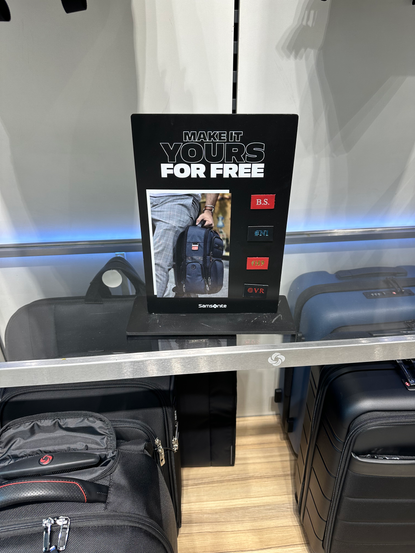













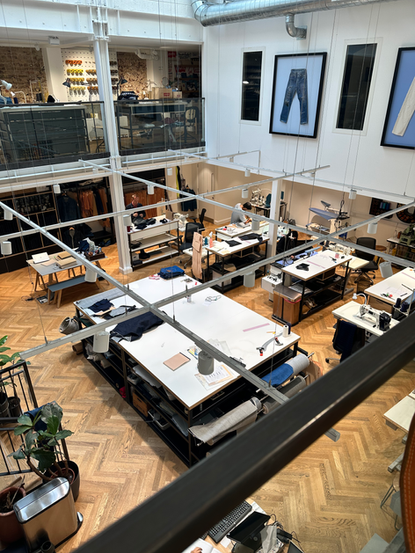











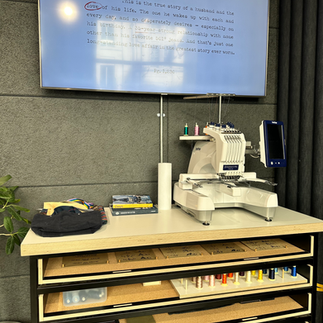































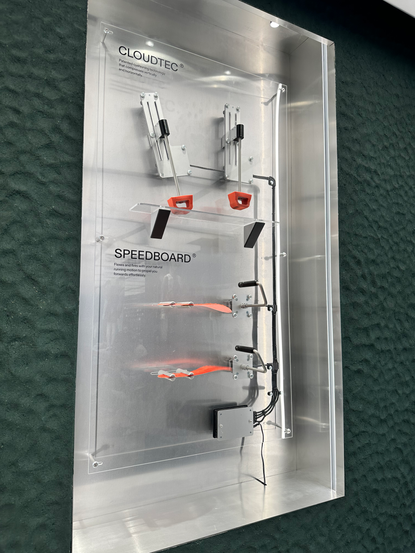

























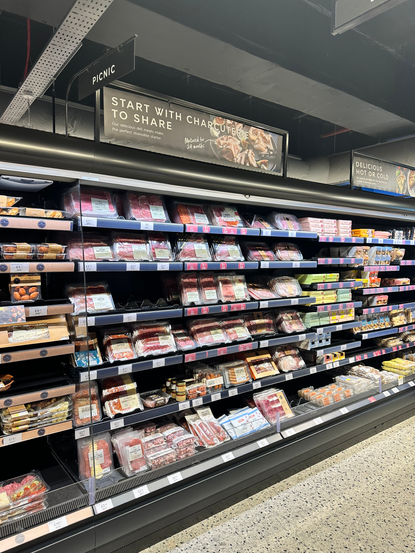


留言